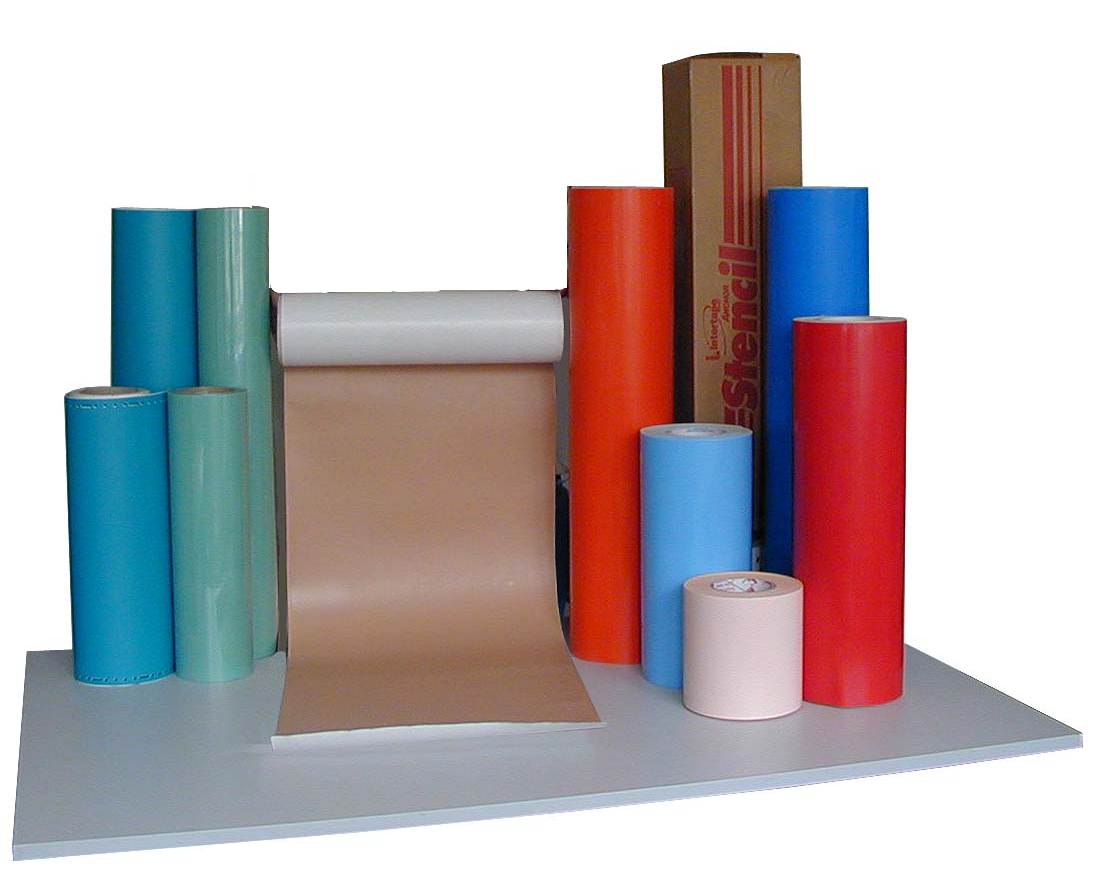A Brief History Of Stencil Tapes
When we launched The Blast Shop in 1984 choosing which was the best stencil tape to use was a fairly easy decision to make. Anchor in the United States made just three tapes - 111, 112 and 123. 3M, also in the U.S.. sold their own versions of these which, because of the way 3M products were marketed in the UK, were at that time 50% more expensive - so choosing between Anchor and 3M was a no brainer! Finally you had the French manufacturers, Barnier and German brand, Tesa producing paper tapes for shallow blast, hand-cut designs and lettering. Oh! If only it were still that simple...
Fast-forward a few years and then take Anchor as an example. Anchor now manufactured at least a dozen different monumental stencil tapes, some of which are sold in as many as nine different widths! That wasn't the end of it, as the advent of computerised stencil cutting in the late 1980’s meant that new materials, especially PVC, which were previously difficult to cut either by hand or on the old stencil presses, could now be used for stenciling. With this came a whole myriad of new players into the market and the choice of tapes ballooned.
The steady rise in the numbers of masons using PVC based stencil tapes was still massively overshadowed by those using Anchor - Anchor stencil, being readily available, was tried and tested, and was still relatively cheap...So why change..?
Something happened then which caused massive upheaval in the world of stencil tapes and sent a shockwave around the UK memorial trade...South Carolina, the location of Anchor's stencil factory, was hit by a massive flood, fueled in part by an offshore hurricane...
Seriously, it was that bad - Thousands of people were displaced, homes and businesses were wrecked and even more tragically, there were some fatalities...
To be continued...

